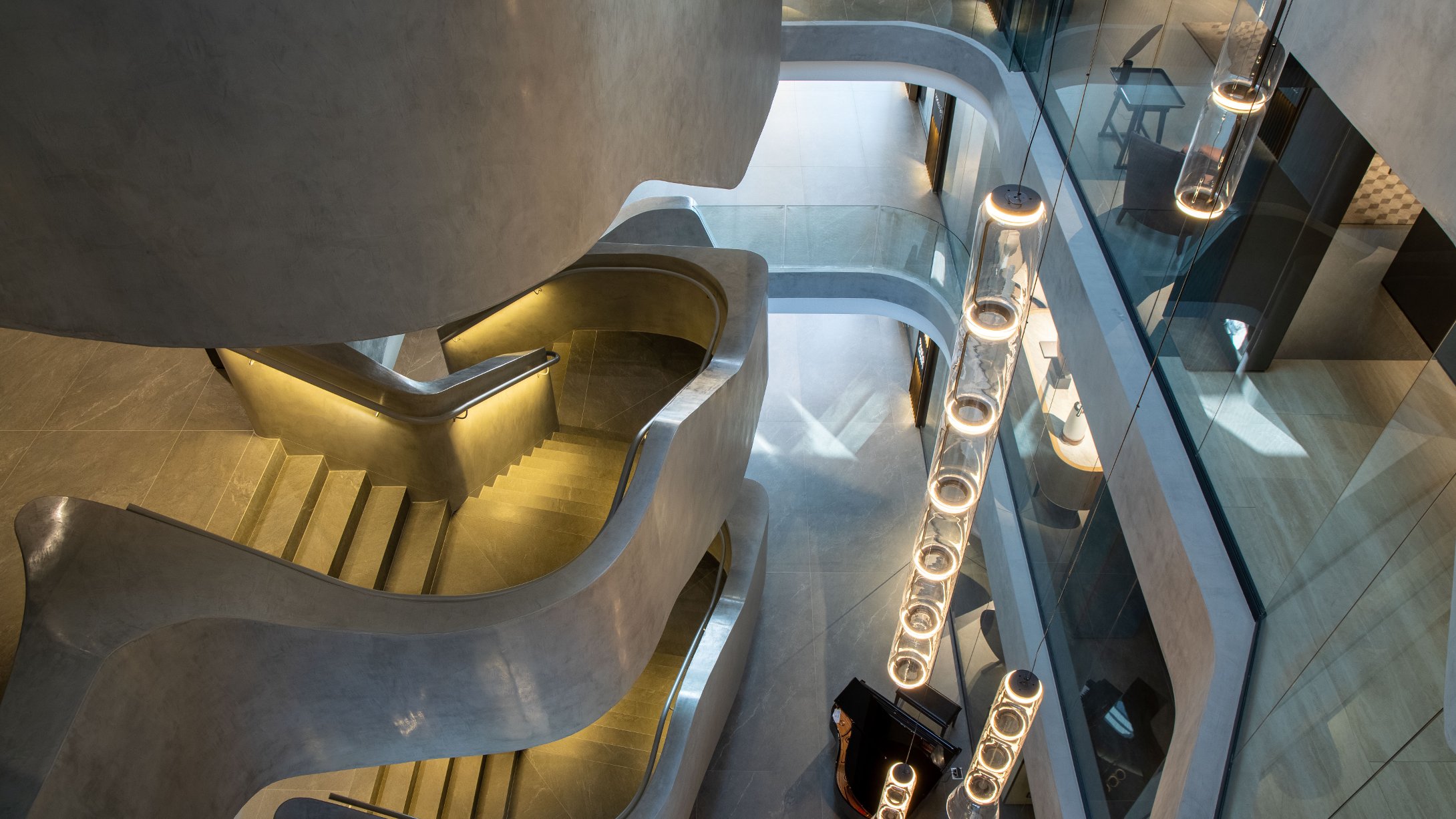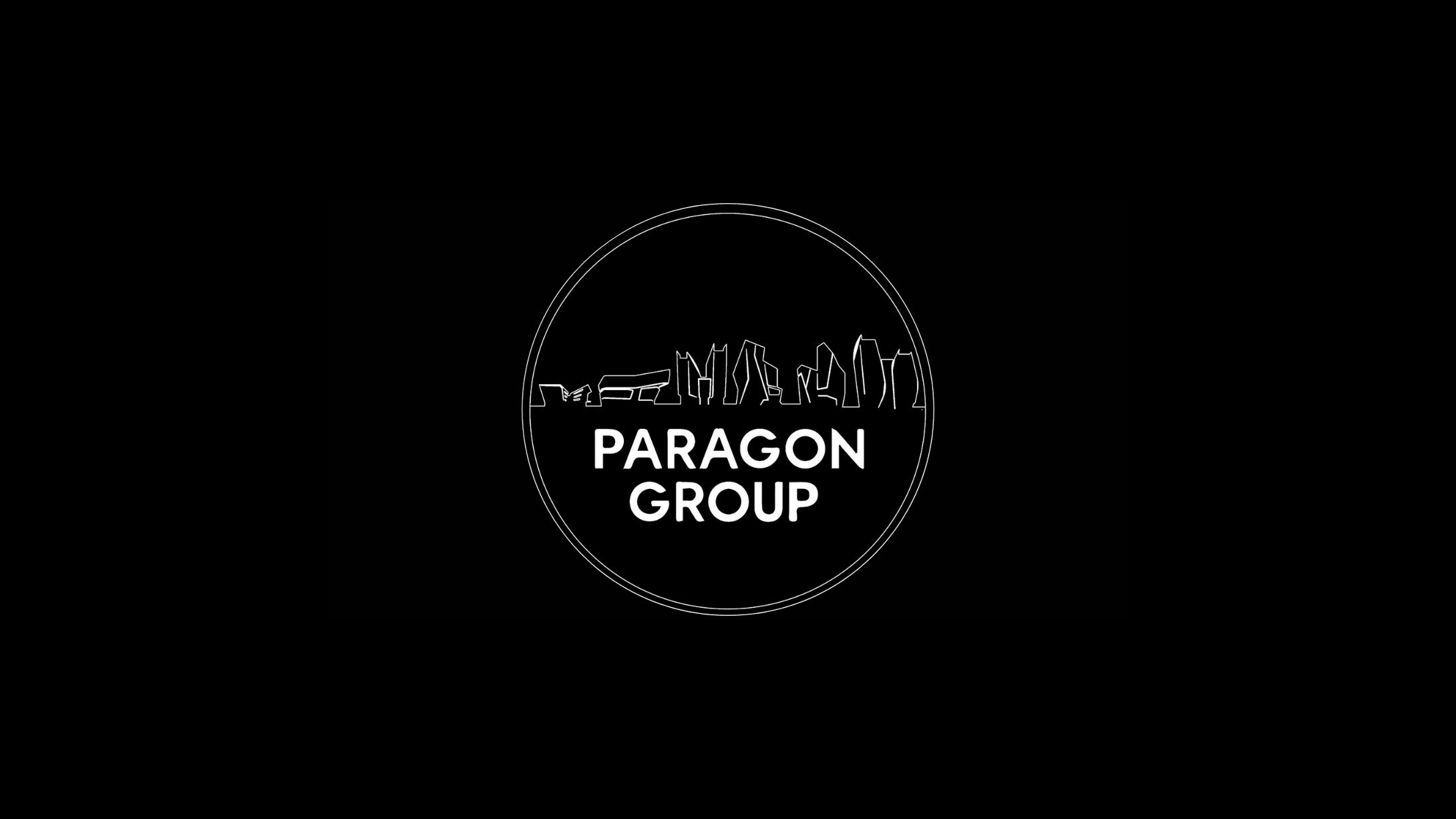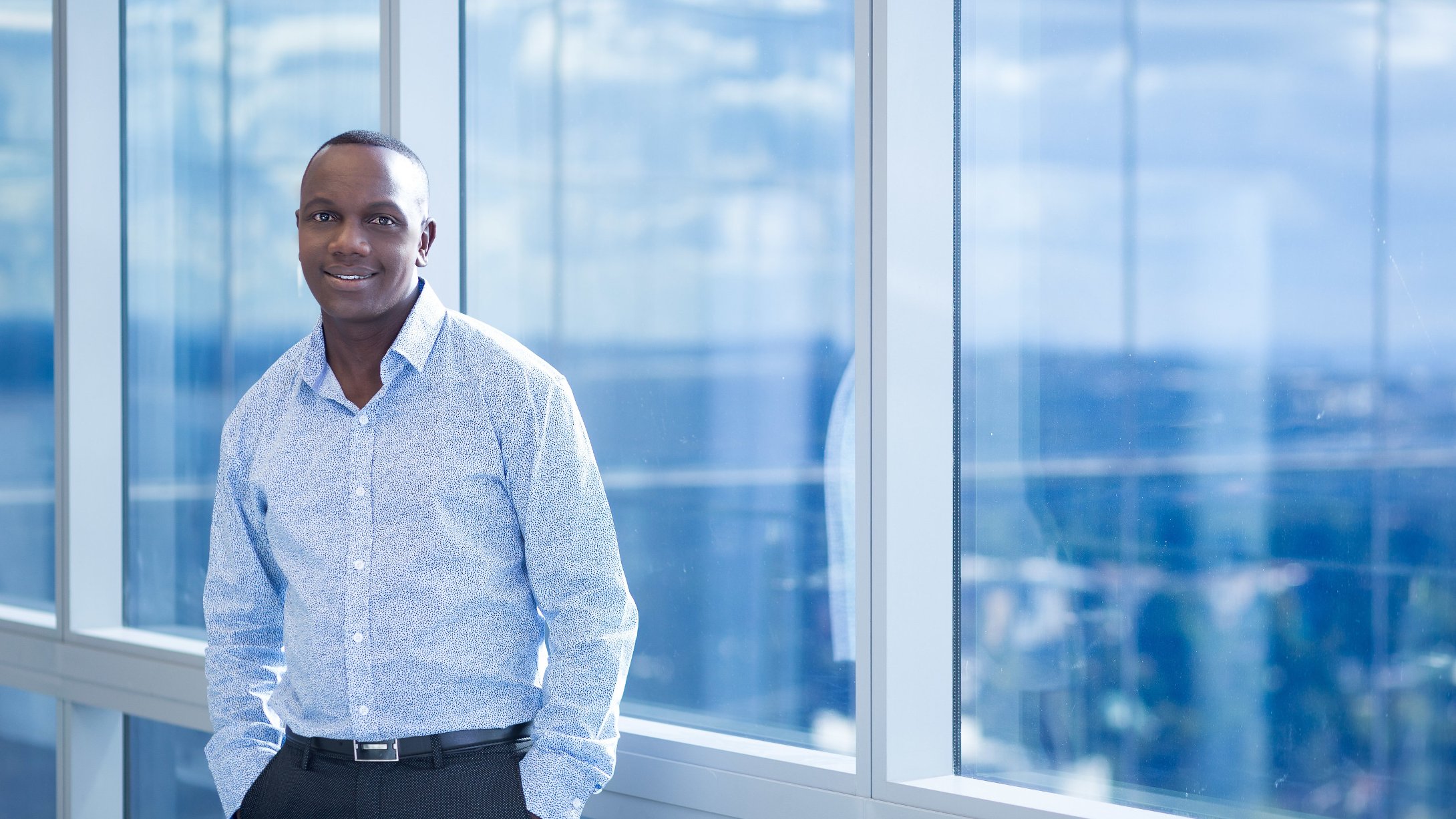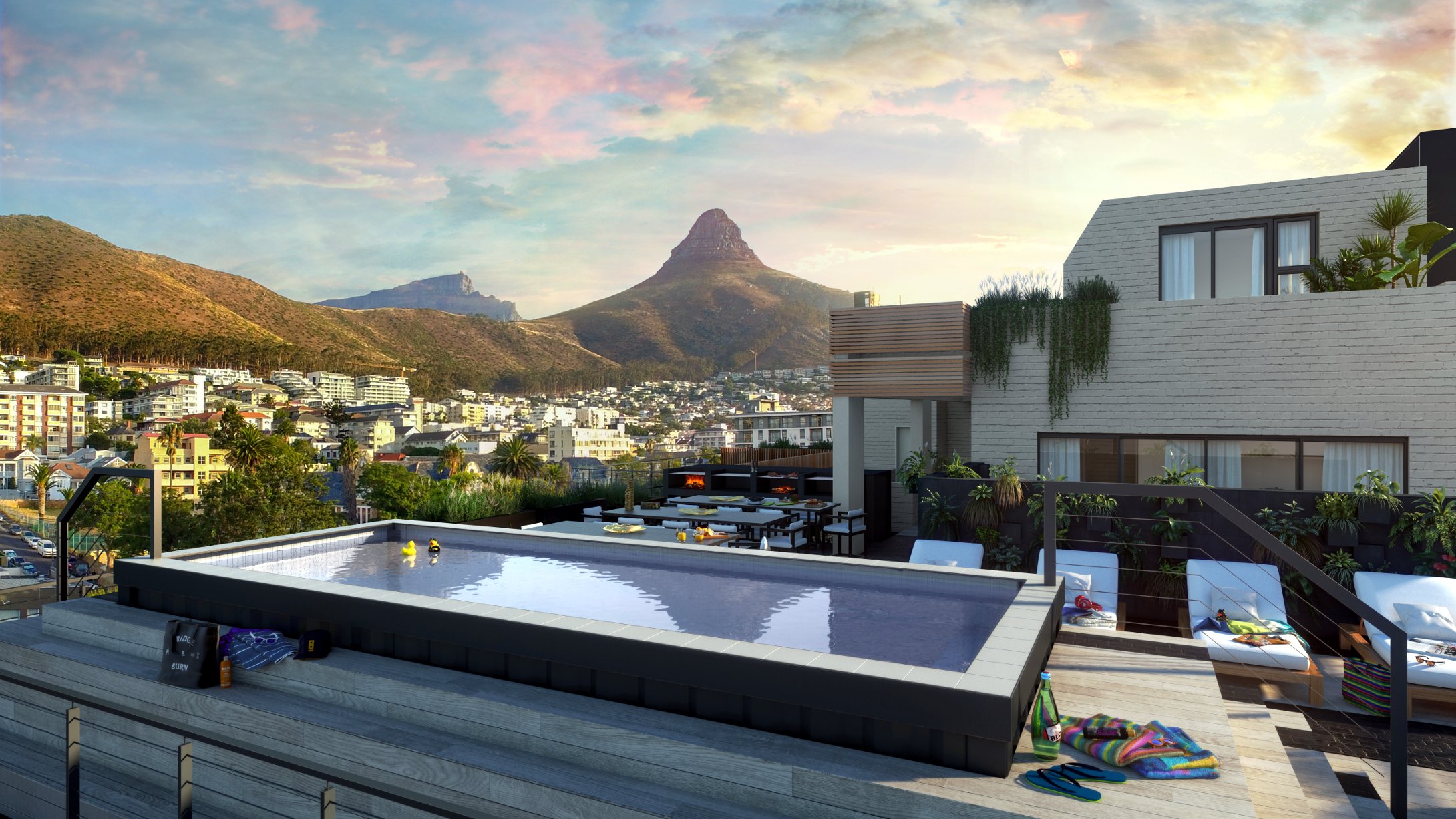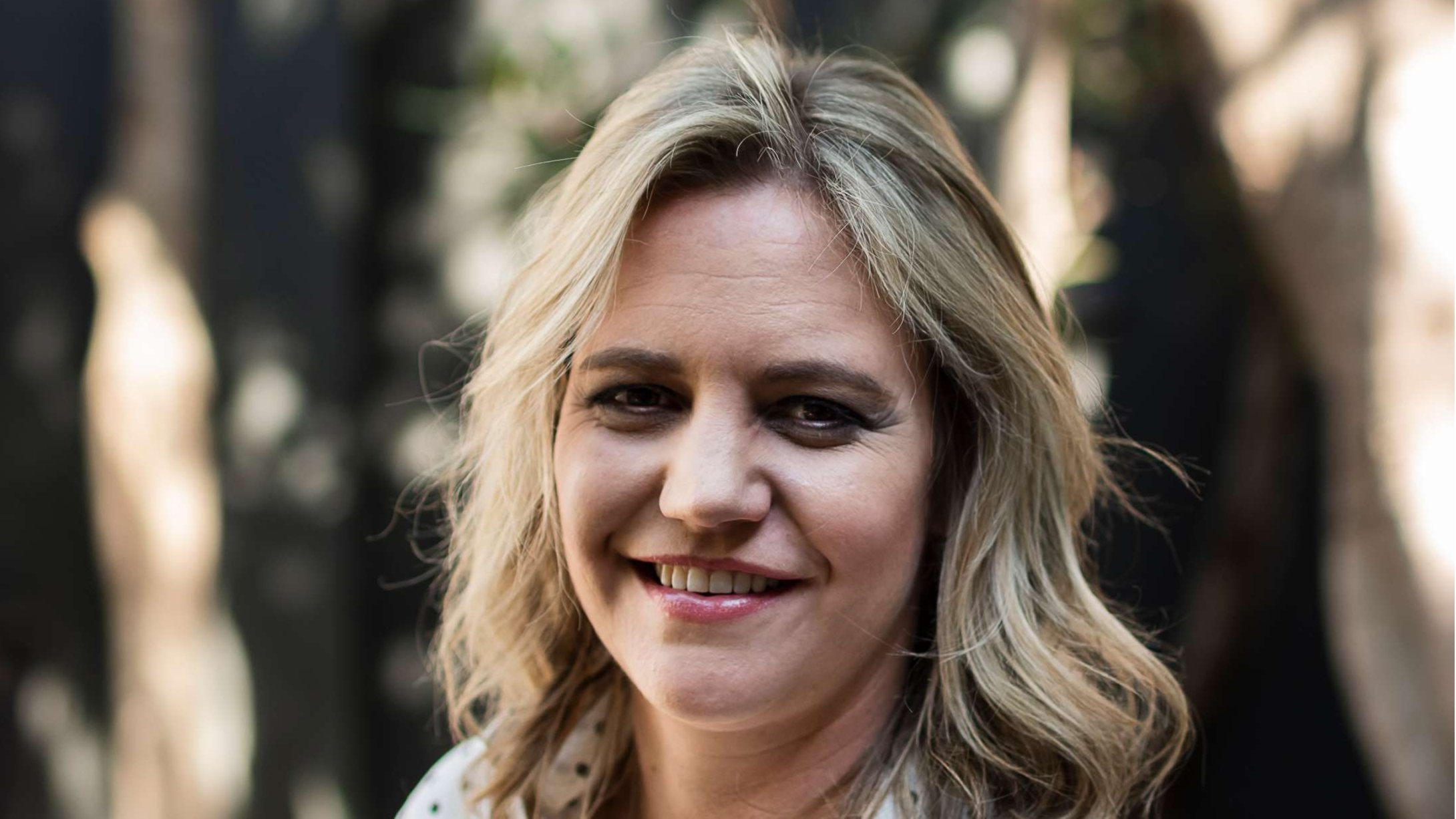Paragon Group News
With 2021 in full swing, we are excited to welcome our newest recruits to the Paragon Group family.


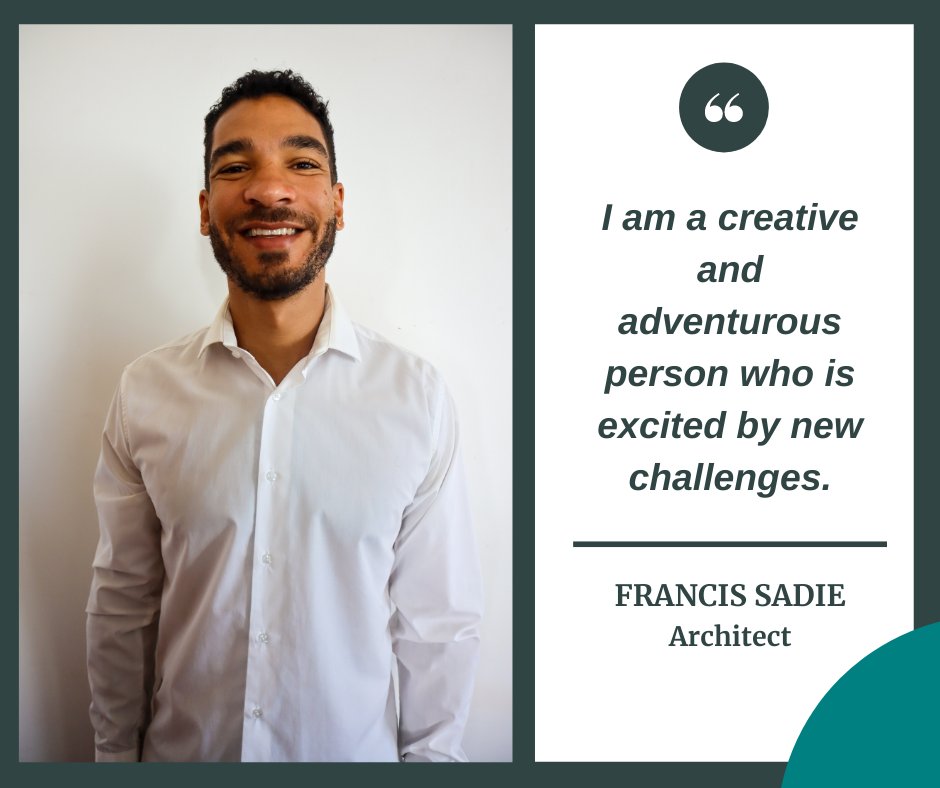


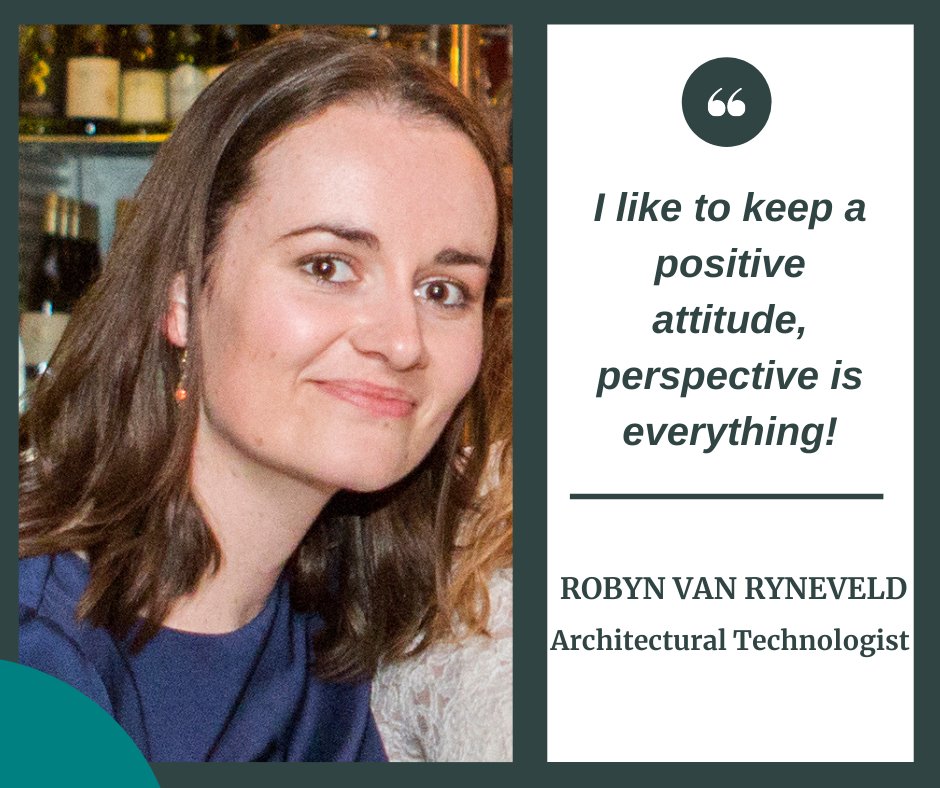
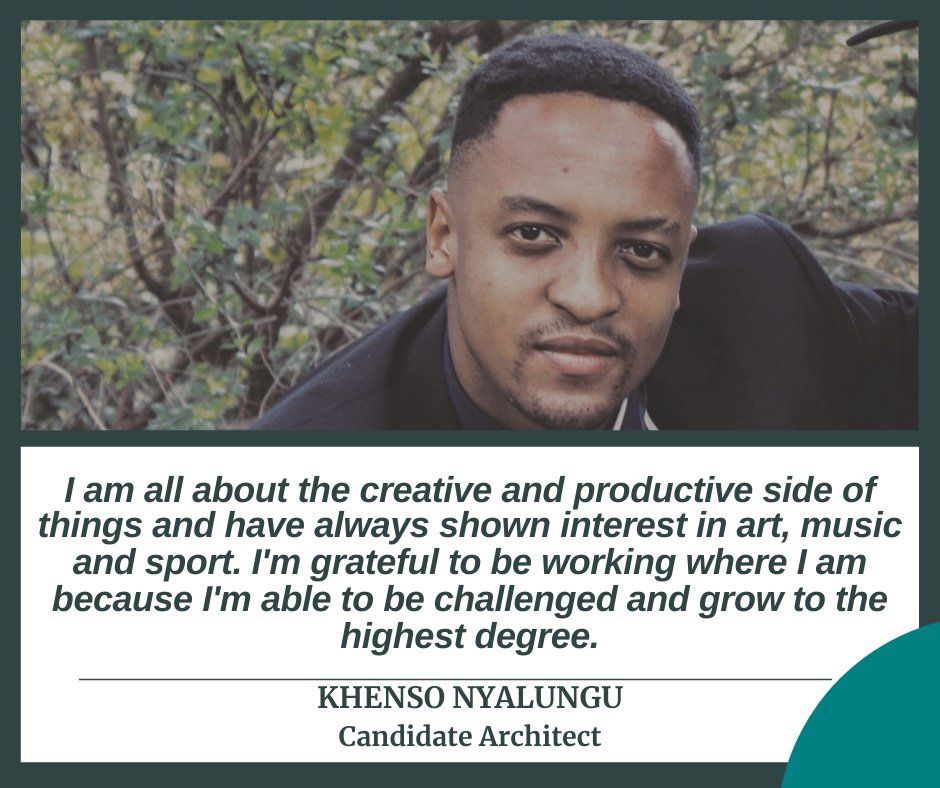
Offices are still important for collaboration and building company culture
While the most significant long-term impact of Covid-19 will be issues stemming from flexible working, in the long term “we are going to have to find the balance between working from home and the office,” points out Paragon Group Director Anthony Orelowitz. “We are going to find that our current response has many unanticipated pitfalls and that the trends of the future are going to have to address these issues.”
In this regard, office-space planning is likely to shift away from ‘a place to sit and work’ to ‘a place to communicate, collaborate and build company culture’, reveals Paragon Group Director Estelle Meiring. “Despite the fact that the lockdown has shown that we can work from anywhere, it has also emphasised that humans are social beings who need interaction to remain productive and positive.”
Orelowitz highlights: “As architects and designers, we are going to have to design buildings and workspaces that entice people back into the office and enhance culture, connections and workflows. We are going to have to reimagine what the working experience can be. Covid-19 has accelerated the dialogue around culture and new ways of working. This is a very exciting time to be a designer.”
Looking at the office of the future, this is likely to feature a lot less traditional workspaces and far more couches and social seating, even if these seats each have their own fold-open writing desks, for example. There will be a move away from open-plan layouts to wider corridors and doorways, additional partitions between departments and a lot more staircases.
Although the staff numbers of companies occupying office space at any one time will decrease, other health measures may well increase the amount of space required per employee. Furniture may change, too, as office desks have shrunk over the years from 1.8 m to now 1.4 m and less, but there might be a reversal of that trend as people need to sit further apart.
It is even feasible for legislation to be introduced that mandates a minimum area per person in offices, as well as a maximum occupancy for lifts and larger lobbies to minimise overcrowding. For commercial property, some reduction in the demand for office space is anticipated, but not to the extent that companies will half their required space, for example.
Paragon Architects pushes the boundaries of black brick, off-shutter concrete and glass at 33 & 39 Commerce Crescent
Paragon Architects has established a long-standing relationship with developer Alchemy Properties, which has purchased seven buildings along Commerce Crescent in the Kramerville Design District in Johannesburg since 2015. Following on from its involvement with a successful renovation project at 37 & 35 Commerce Crescent, Paragon Architects has subsequently completed separate projects at 33 & 39, and is currently busy with construction for 31 Commerce Crescent.
The architecture along Commerce Crescent draws inspiration from the surrounding industrial area. The buildings are designed as showrooms, with each floor being able to be divided into smaller tenancies. A common pallet of materials has been used, namely black brick, off-shutter concrete and glass. However, each building has its own unique take on how these materials have been incorporated.
The only new build project in the development is 33 Commerce Crescent. “The building’s form has the same language as its surrounding architecture, but creates its own uniqueness with a braille-like pattern brick façade,” explains Project Architect Kirsty Fick. The building consists of three levels, namely Lower Ground, accessible from Commerce Crescent, Upper Ground and a First Floor accessible from the top entrance along Bowling Avenue.
“We wanted to create high visibility for both Commerce Crescent and Bowling Avenue. It was important for the client that each floor plate could be subdivided into multiple tenancies. This was the driver behind the form, resulting in three levels with different entrances,” notes Fick.
As a new-build project, Paragon Architects was able to control and design for any structural challenges. A cantilevering brick box protrudes onto Commerce Crescent, consisting of a double-volume space overlooking Sandton. There is a strong contrast between the off-shutter concrete, black patterned brickwork and reflective glass bands. The black-brick façade has protruding bricks to create texture, while the strong vertical forms of glass reflect its surroundings.
The entrance visible from Bowling Avenue has a double-volume atrium with a floating steel staircase, bespoke 5.5 m hanging planters and light pendants. The steel staircase looks like a single sheet of steel spanning over 8.4 m, creating a ribbon-like effect, with the stair effectively sailing above a garden below. Paragon Architects also designed 1.6 m x 2 m steel mirrors exclusively for the ablutions.
The two steel staircases posed a particular design and costing challenge. “We had to ensure it was in the allowable budget, but keeping to the design intent,” explains Fick. Many workshops were held with the engineers, subcontractor and Paragon Architects to achieve the desired result. The steel stairs are supported by two 250 mm x 100 mm steel stringers that allow for the 8.4 m span. The glass balustrade is supported by steel posts that hang off the steel stringers.
Meanwhile, 39 Commerce Crescent also had to tie in with all the other buildings along the street, highlights Senior Project Architect Kim Newell. While using the same pallet of materials, its form breaks away from the rectilinear lines of its neighbours. The façade is made up of angled forms that cantilever 1.2 m off the existing structure, separated from each other by reflective glass bands.
Traditionally, brick façades are rectilinear. However, at 39 Commerce Crescent the bricks were set out at 70° angles to create the sloping forms that wrap around the building. To create the sloping walls, Paragon Architects had to alter the pattern that conventional face bricks are laid in. Each course is offset from the one below.
Detailed drawings of the brick façades were created to determine what would happen to the pattern when it needed to change direction around a 90° corner. Cut bricks were inserted into the pattern to ensure that it could be continued around corners, without interrupting the visual impact of the staggered pattern. The rough off-shutter concrete façades mimic the slope of the angled brickwork. Reflective glass punctuated the junctions between these two materials.
This project involved converting an existing three-storey commercial building into a four-storey showroom. The existing structure was retained and strengthened where required. To add an additional floor, the foundations had to be stiffened and the size increased to accommodate the additional loads.
Large openings had to be created in the existing floor slabs for new fire-escape stairs and service ducts, as well the atrium opening in the centre of the building. Carbon-fibre strips and steel I-beams were installed on the underside of the existing slabs to strengthen them, reducing the need for additional columns. This allowed the floor plate to remain as open as possible, ideal for its showroom function.
The conventional industrial façades were transformed by sloping off-shutter concrete and black brick façades cantilevered off the existing structure to form the futuristic exterior. The façade forms are punctuated with reflective glass panels. Internally, a new atrium was created to bring light into the centre of the deep floor plate, in addition to future-proofing the building.
The internal atrium allows all floors to be accessed from a central common area, allowing the building to be let to multiple tenants. A central staircase was installed in the atrium void to connect the four levels. A skylight was installed above the staircase on the new floor level to allow light into the centre of the floor plate.
The sculptural stair was designed in Rhino, with the 3D form flattened to form panels that were subsequently laser cut to create the formwork cast in place for the stair. “This allowed us to create a complex form that would not have been possible with conventional formwork,” adds Newell. The building is let to a single tenant that wanted to maximise the usable area. Early on in the project it was decided to convert the roof space into an open-air showroom, which enjoys a panoramic view out towards Sandton.
Paragon Group’s big 2020 ‘Thank You’
So much has been written about 2020, so much has been read….so many webinars, so many muffled facemask conversations, so much ‘zoom and gloom’. What is there to say other than THANK YOU!
Thank you to those many people in South Africa and on this African continent, who have worked to manage this health crisis as best as we all could. Hindsight is always 20/20, but at Paragon Group, we believe we reacted as responsibly and as quickly as we could to protect our team members and our project community. The price that everyone is paying, is high. Eight billion people on earth got rained on, and we are all feeling wet and miserable.
THANK YOU!
Thank you to all our Clients and their teams, for staying the course and communicating clearly and consistently, and for showing us how deeply many of our relationships go. You have worked with us as best as you can, in your own crisis time in your respective businesses. We are in awe of the resilience you have shown, in a massive shift change in the property and construction industry.
Thank you to our professional team members and co-consultants, to our contractors and sub-contractors and suppliers, and to our co-architects in various countries, who have kept our remote construction sites working when they were open.
Thank you to our Associates and Pod Leaders and to all our Team Members, in all parts of our businesses, who moved almost seamlessly to Remote Working. This was not going to be easy – but you have made it all possible. Thank you for your good spirit, your energy, your life force, and your continued excellence at what you do, in these businesses.
Thank you to ShadowNet, our IT service providers, who have really done incredible work to help us through this technology shift.
Thank you to those team members who left us during the year – be it because of emigration, due to retirement, taking the leap into own businesses and choosing voluntary retrenchment, or those few who had to face retrenchment due to the business downturn. We owe you all gratitude and a ‘bon voyage’ on your new journeys in life and in your careers. It is the first time in 23 years of business that Paragon Group had to retrench team members.
Paragon Group gears up for changing market dynamics in 2021
From data centres to sports complexes and iconic office developments, the Paragon Group’s diverse experience and expertise has allowed it to adjust easily to the different building typologies now prominent in the local property market. “We are expecting a lot of refurbishment and adjustment of office spaces in the wake of the Covid-19 pandemic, repurposing of office buildings into other functions such as residential, and also more data and distribution centres coming online,” predicts Paragon Group Director Estelle Meiring.
Another new trend is middle-class housing, according to Paragon Architects South Africa (PASA) Director Thulani Sibande. He adds that the Paragon Group welcomes the announcement by President Cyril Ramaphosa of infrastructure development as a key driver of the country’s economic recovery plan. “We will be happy to form part of such a programme as the group can play a significant role once the government has finalised its plans in this regard.”
However, Sibande cautions that business “will still be slow for the first and second quarter of 2021. Market demand has dropped substantially and most clients have adopted a cautious approach. Africa will always have potential, as it is still growing and developing. We are getting a few enquiries from various African countries, which is heartening.”
In South Africa, the Paragon Group’s Cape Town office continues to fly its flag high in the Western Cape. “Our small team there has done a fantastic job in building the brand. A highlight of 2020 was having our first project start construction. The Cape Town market seems alive with possibilities, and we are looking forward to see what 2021 will bring,” highlights Meiring.
One way that the Paragon Group has been disseminating its knowledge to the broader industry, especially students, during this difficult time has been online masterclasses, which have proven hugely successful. “We have put a lot of time and effort into this initiative, basing it on detailed research and compiling it in a way that is quick and easy to digest in the format of visual presentations that deliver up-to-date information,” explains Meiring.
While remote working invariably has involved some adjustment, staff have adapted quickly to the ‘new normal. “In a way I think it has improved communication, as suddenly it is possible to dial into a meeting from a car, a building site or anywhere you might find yourself at that moment. I think remote or flexible working is here to stay, and that is a big shift for our business.”
Sibande adds that the overriding message from 2020 was that “we managed to survive and came out strong. Our main challenge going forward is to sustain a business of this size in a shrinking economy. My message is to stay safe and remain positive and optimistic.”
Meiring agrees: “It has been a difficult year, but I am super proud of how our teams pulled together and the high quality of work we produced. The way we overcame challenges proves the extraordinary talent and agility of the Paragon family. We are also able to adjust to new circumstances quickly, with a bit of grace and a lot of humour. I am proud to call this company my home,” she concludes.
FOUR ON O in heart of Sea Point is first new-build project for Paragon Architects in Cape Town
Paragon Architects has embarked on its first new-build project in Cape Town, the 36-unit apartment block FOUR ON O for the client BLOK. “Clinching a new-build project of this size within two years of establishing our office is quite an achievement for both us and the client,” comments Project Architect Jarred Pincus.
While Paragon Group has an established market presence in Johannesburg, the Cape Town office required time to establish itself as a stakeholder in the Western Cape, which has its differences from Gauteng. “It takes time to unlock potential projects requiring multiple factors to go right,” explains Pincus.
“Located in the heart of Sea Point, we needed to celebrate the access and uniquely central location of FOUR ON O. The units are designed to be a private extension of the urban area, with a lock-up-and-go mentality,” comments Project Architect Kirsty Fick.
As a developer, BLOK has an-depth understanding of the market and hence chose to deliver a highly accessible offering. Young professionals can now access what was once a high-barrier area by investing in compact studios with reduced costs that are then forwarded onto the buyers, but still deliver living spaces that celebrate the area.
The building consists of studios, one-bedroom, two-bedroom apartments and 2 x duplex apartments located on the 6th and 7th floors. The lifestyle deck offers a pool and seating area, braai area and look-out deck. FOUR ON O has two basements providing 39 parking bays. Demolition began on 20 August 2020, with project completion anticipated in November 2021. The two basements are being constructed at present.
One of the main challengers was to fit 36 units onto a confined site and make the basement parking work efficiently, while allowing for the usual services requirements. “The smaller site proved to be a design challenge to ensure the suitability of the vehicle access, as well as a design that maximises the allowable envelope but fits within the context and improves the area,” notes Fick.
Working with BLOK is a significant coup for Paragon Architects in Cape Town, as the developer has already curated and delivered ten projects to date, with FOUR ON O its eleventh. “They have learnt what the market is looking for, as well as being a stakeholder in ensuring a quality urban environment, which aligns perfectly with our own manifesto as Paragon Architects,” comments Pincus.
The concept behind BLOK RAW ensures that the old idea of covering up the base materials of buildings for aesthetic reasons is interrogated. Thus the base materials are looked at with a new lens as to how to celebrate their own beauty and natural occurrence. Not only does this create a unique look, it reduces the wastage generated on-site and inherently makes the model much more sustainable.
“As architects, we always have baseline sustainability elements incorporated into our work,” points out Fick. These include north-facing units, cavity walls, a preference for specifying ‘green’ materials, low-flow sanitary and brassware and efficient building systems.
Professional team
Architect: Paragon Architects
Developer: BLOK
Quantity surveyor: Multiqs
Structural, civil, fire and electrical engineer: Sutherland Engineers
Wet services and mechanical: EKCON
Demolition and bulk earthworks: Franki Africa (part of the Keller Group)
Main contractor: HFO Construction
Paragon Interface completes multi-company fit-out at 1 Park Lane
If designing the interior fit-out for an iconic building is not enough of a demanding challenge, imagine the complexities that arise when such a building contains a number of different clients, each with their own requirements, branding and aesthetics.
This was the challenge that faced interior architecture company Paragon Interface, part of the Paragon Group, at 1 Park Lane in Sandton. “Essentially what you end up with then is a number of smaller, self-contained projects contained within the whole,” comments Paragon Interface Associate Kirsty Schoombie.
Located within the new Katherine Street mixed-use precinct, 1 Park Lane is a P-grade development within walking distance of Sandton City and the Sandton Gautrain Station. It has seven levels of parking and a ground floor, with Bidvest Financial Services occupying the building from reception to L4.
There is an impressive double-volume space on L5 that forms the shared reception area for both Peregrine and Citadel. This is an elegant, high-end space containing various-sized meeting rooms. The signage and artwork in this space was designed in collaboration with Citadel marketing agency Bain & Bunkell.
It came up with the unique concept of naming each meeting room after a prominent Johannesburg street or location, including specific photographs and locally-commissioned artwork to differentiate and individualise each space.
The southern wing contains a client entertainment area, in addition to an auditorium that is glazed on two sides to allow for breathtaking views over Johannesburg. The auditorium posed a particular technical challenge in terms of its acoustics and unique positioning.
Peregrine and Citadel occupy L6 to L10, consisting of Peregrine Capital, Citadel Wealth Management, A2X and Peresec. The latter is a newly-listed company on the Johannesburg Stock Exchange that takes up L9 and part of L10, which is a hi-tech trading space that includes a bar and entertainment area, with panoramic views over northern Sandton.
“A main feature of our design approach was to give each and every one of our clients a distinctive look and feel, especially as each one has their own corporate identity,” notes Schoombie. This was achieved by means of specific furnishings, colour palettes, fabrics and fixtures, while also accommodating the specific technical requirements of such financial services companies.
While the entire 1 Park Lane project was handed over in September last year, Schoombie has maintained close contact with her clients to gauge how the different companies have adapted to their new office environments.
“One of the biggest changes has been from a traditional closed-off office plan to a more open-plan set-up. We spent a lot of time with these clients to ensure that a level of privacy was maintained while still taking optimal advantage of the natural light and creating a more open collaborative space,” Schoombie concludes.
View Portfolio images for this project
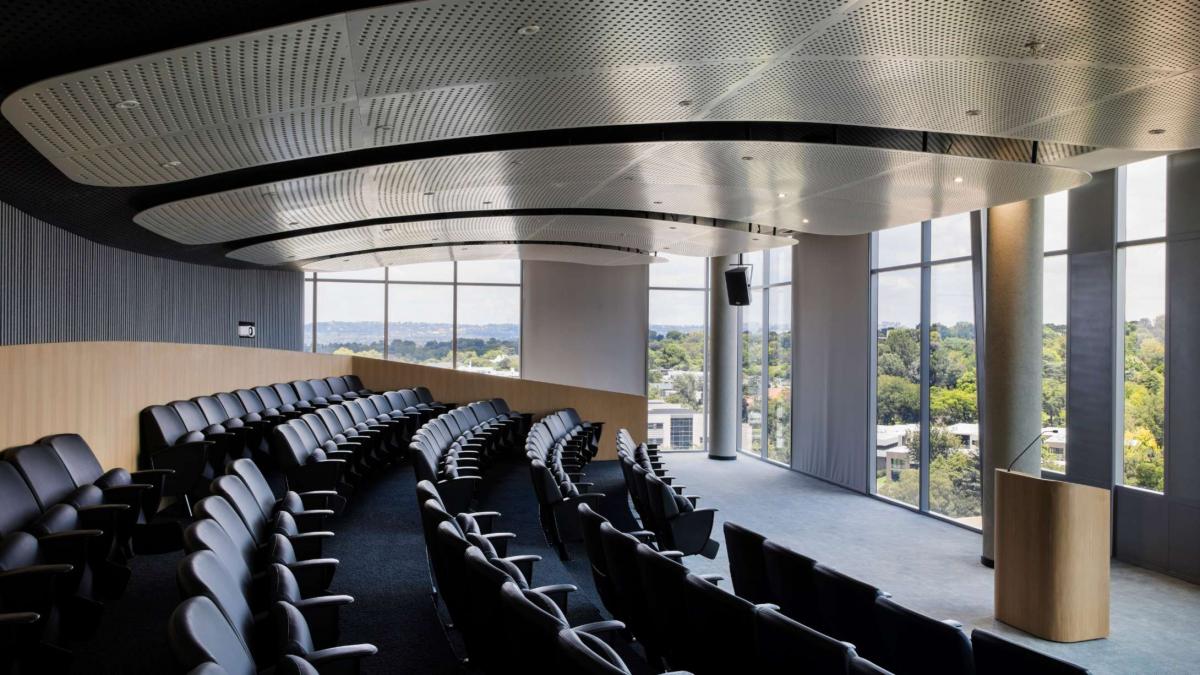
Paragon Group Masterclass with Anthony Orelowitz a great success
"How financial knowledge can liberate your design."
Why do so many architects never build what they dream of? This is the question that Paragon Group Director Anthony Orelowitz addressed in an online masterclass on 29 October.



